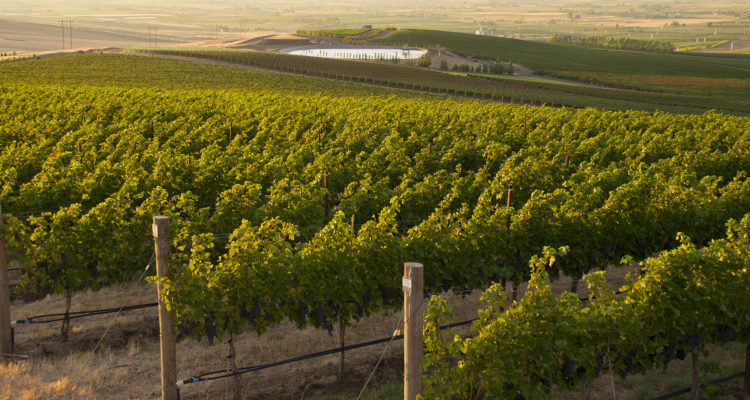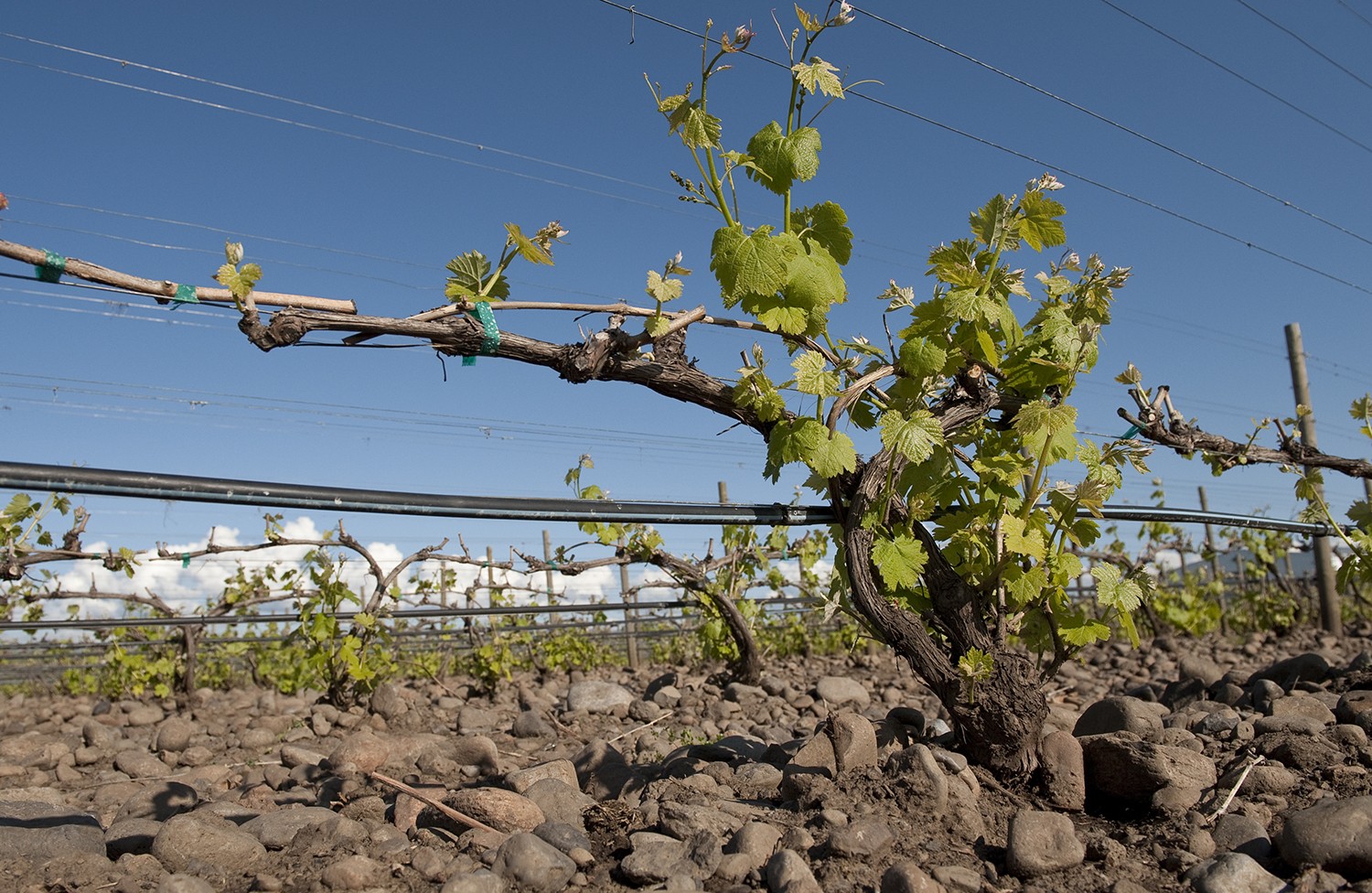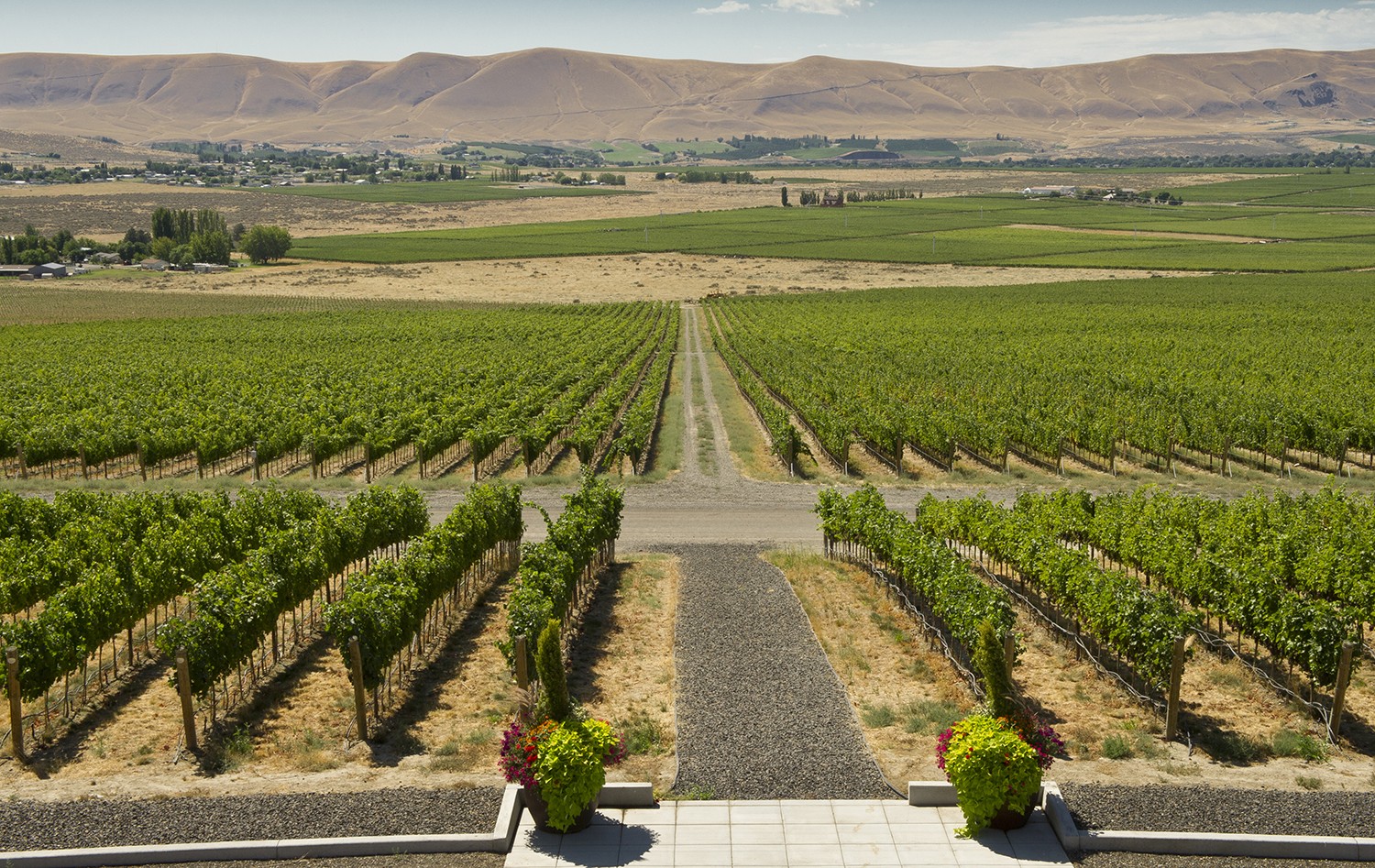Story by Dave Eckert | Photos courtesy of Washington State Wine / Andrea Johnson Photography
By now, most wine drinkers have tasted Washington State wine. I’m here today to encourage you to try more! As I discovered first-hand during a recent week touring the state and its wine-producing regions, there are a myriad of Washington State wines from a dizzying variety of grapes worth seeking out. I tasted more than 200 wines during my time in Washington State wine country and at the fantastic Taste Washington event in Seattle. To my palate, Washington State wines aren’t just great values compared to many other domestic bottlings, they are delicious, diverse, and poised for greatness.
Though they’ve been producing wines in Washington State for decades, the emergence of the wine industry there is a more recent occurrence. Consider these numbers:
- In 1981, there were 19 wineries in Washington State. Today, there are 972, plus 350 grape growers.
- In 1993, there were 17,000 acres of vineyards in Washington State. Today, that number is 58,000.
- The first government AVA (American Viticultural Area) in Washington State was The Yakima Valley in 1983. Today, there are 14 AVA’s with six more under petition.
- Grape growers and wineries produce 70 different grape varieties in Washington.
- Washington State’s wine industry has an economic impact of $6 Billion!
Those numbers and my time in the state confirm what I already believed-that the wine industry is booming and Washington State wines are more diverse than ever. But, in order to truly understand what’s happening there, you need to dig deeper into the soils and climate of the various appellations. I did that, and it was one of the most pleasurable wine experiences I’ve had.
Christopher Baron, Cayuse winemaker, the first domaine in Walla Walla, Washington to farm using biodynamic methods
The first two AVA’s I visited were Walla Walla and the Rocks District. I toured these growing regions with noted geologist, Dr, Kevin Pogue, a professor at Walla Walla’s Whitman College. Pogue wrote the petition for the Rocks AVA, established in 2015. He is an unabashed advocate. “I believe the Rocks District of Milton-Freewater has the most uniform terroir of any AVA. The soil consists of a deep layer of basalt cobblestone gravels. The rocky soils are very well drained, warm quickly, and radiate heat to ripening clusters. The basaltic soils are enriched in iron and magnesium,” Pogue noted. So, how does that translate to the grapes and ultimately to the wines from the Rocks District? Well, to me, there are multiple threads that tie the Rocks wines together. This is especially true with Syrah, the region’s star variety. Rocks’ Syrahs are lush, layered beauties consisting of classic notes of bacon, smoked meat, and deep dark fruit. They all have a distinct underlying core of minerality. The Wine Spectator’s Harvey Steinman said of the Rocks, “The most distinctive AVA in the United States making some of the greatest wines in America.” I would not disagree.
The Rocks District is small, just 30 wineries, 39 vineyards, and less than 350 acres under vine. That, plus a host of high scoring releases, has made Rocks wines some of the most sought after in the country. The wines are hard to get your hands on, but well worth the effort.
Spring Valley Vineyard, Walla Walla, Washington
Already established as one of the leading AVAs in the state, the nearby Walla Walla appellation is home to some of my favorite wines out of Washington State. A leading winery there is L’Ecole 41, home to some brilliant white and red wines. I had the pleasure of touring L’Ecole’s famous Ferguson vineyard and lunching with owner, Marty Clubb and General Manager, Constance Savage. I asked Savage what she enjoys about the wines of Walla Walla. “As a wine region, Walla Walla Valley is unique due to a combination of factors: our dry climate, which is technically considered a desert, our variety of geologically young, mineral-rich soils, and our valley’s varied aspects and elevations. Our diversity of soil types is a huge attribute. We have four distinct types in our valley and each produce different characteristics in the grapes and wines,” Savage told me.
Walla Walla also has numerous micro-climates and a very long and dry growing season with large diurnal swings in temperatures (daytime highs to nighttime lows). All of that leads to excellent growing conditions for the grapes. Savage notes that the Walla Wall AVA is still relatively young, and growers are still figuring out what to plant where. She promises that “the best is yet to come.” If that’s true, it would be impressive because what I’ve had wine-wise out of Walla Walla is pretty darned good.
Cole Solare, Red Mountain AVA, eastern Washington
Moving west, I next traveled into the Red Mountain AVA, the smallest and warmest of the 14 Washington State AVA’s. I was afforded the chance to do an in-depth tasting with winemaker JJ Williams of Kiona. Kiona is one of Red Mountain’s founding wineries. Along with Hedges Family Estate, they provided some memorable wine drinking moments on Red Mountain. And, it’s not just me saying that as Hedges’ 2014 DLD Syrah just won Wine of the Year, scoring 97 points and a double gold medal in the recent Sommelier Choice Awards. Red Mountain wines are hot as a pistol. Williams has some thoughts on why that is. (Quote from JJ about Red Mountain)
Sunrise over Dubrul Vineyards, Rattlesnake Hills AVA, Yakima Valley, Washington
Before I leave Washington State, I wanted to relate one more important stop-the Yakima Valley. It’s where I met Kathy and Kerry Shiels, a mother-daughter winemaking team at Cote Bonneville, which may just be my favorite Washington State winery. I toured the Shiels’ amazing DeBrul Vineyard, planted in 1992, on a day in late March. The winds were howling at 45 miles an hour. The conditions couldn’t have been less favorable for a tramp through the vineyard. But, braving those winds and then tasting Cote Bonneville’s incredible wines over a catered lunch featuring top-notch Mexican food made for one of the most memorable wine experiences I’ve had the world over.
Kerry Shiels shared these thoughts, “Yakima is the heart of Washington Wine Country. It’s where we started growing grapes and it’s still the backbone of the industry. DuBrul Vineyard is a great example of the spectacular sites found in the Yakima Valley. The variation of aspect, elevation and slope enable us to grow diverse grape varieties at very high quality, from Riesling to Cabernet, that make wines with a distinctive sense of place,” Shiels said.
Wines of distinction. Wines with a sense of place. That’s what you will find across the board in Washington State.






